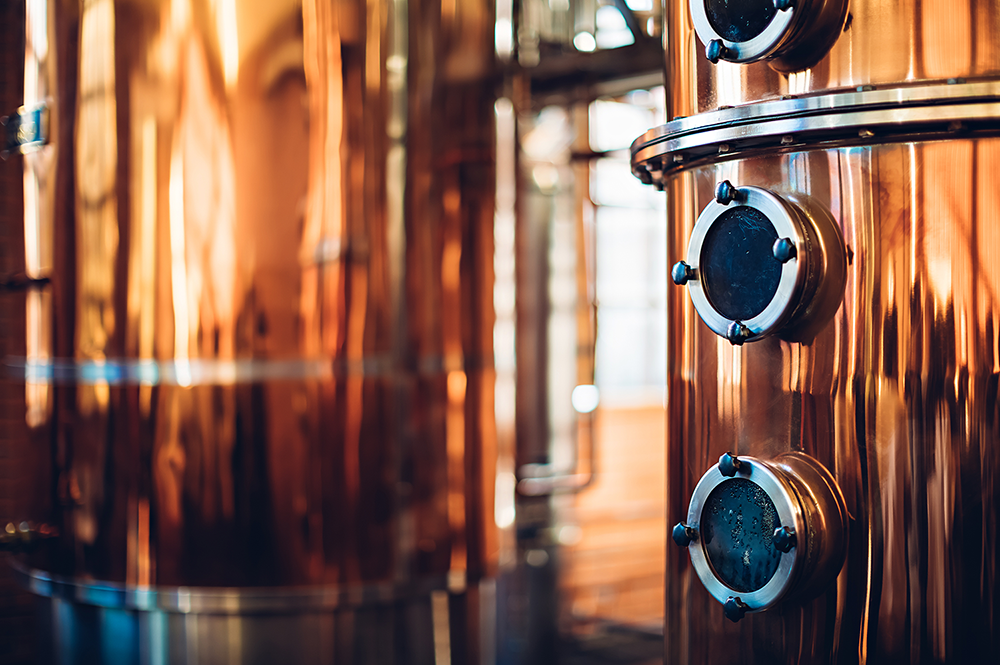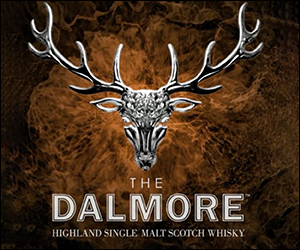Stories
Whisky is a passion to explore. From the history of the spirit to the evolution of the industry, the story of whisky helps fuel that passion. Often, it’s easy to forget that whisky is also a global multibillion dollar industry. The stories of whisky — from news and new releases to in-depth inquires and what goes on behind the label — blend together to help us appreciate the spirit of whisky.

From the Editors of the Scotch Whisky Review
Editor’s note: This letter came from Dave Broom, who was the editor of the Scotch Whisky Review at the time of its original publication in January 2008. We post it here as part of the historical record.
Dear Mark:
Thanks for allowing the SWR to make use of space on your website. We figured that your readers would be interested in the fast-developing ‘Mutter Bowmore’ saga.
Allow me to give a quick resume of the goings on so far.
Earlier in December the Glasgow auctioneer McTear’s offered a bottle of ‘W&J Mutter’s’ Bowmore single malt, which the house claimed to date from 1850 making it “the oldest bottle known in existence”. This bottling, not surprisingly attracted considerable interest among collectors and whisky historians. Among the latter were archivists Iain Russell and Prof Michael Moss both of whom expressed doubts about the date placed on the bottle by McTear’s: the bottle appeared to be machine-made (unusual for one dating from 1850); the glass was clear (once again unusual); the bottle shape was a-typical of the style of 1850. In addition, the sophisticated 4-colour label was considered to be more in line with bottles from the late 19th century; while the trademark declaration was seen to be unlikely to feature on a whisky bottled prior to the developments of branded bottled whiskies in the 1870s. Crucially, the Mutters only trademarked W&J Mutter’s Bowmore Islay Whisky in 1876 and had claimed (at that time) that it had only used the wording for six years previously.
The archivists contacted McTear’s outlining their worries over the dating, suggesting that the whisky would more likely have been bottled c1890. however the auctioneer stuck to its guns and the bottle (which by now had lost its cork) was put up for sale with the disputed date claim intact. It then sold for more than £25,000.
The story took a curious turn. Athough the bottle was bought by “a Russian collector” Morrison Bowmore (MBD) continued to take remarkably close interest in it, offering to display the bottle in its visitor’s centre. By then Iain Russell and Prof Moss’s continuing concerns over the dating of the bottle had been printed in The Ileach, on wine writer Andrew Jefford’s blog and in the SWR
The next thing which we heard was that Bowmore (not the mysterious new owner of the bottle) had sent it to an Oxford University laboratory and paid for the whisky could undergo carbon dating.
On Dec 4th the results came back to Gordon Steele of the Scotch Whisky Research Institute who wrote to MBD: “The sample has been assigned a date of 119 +/- 23BP.This date is in radiocarbon years before present (1950). Thus, the radiocarbon results give the date of production (not including maturation) as between 1808 and 1854… the results are entirely consistent with the reported age of the whisky and a bottling date in the 1850s” Game, set and match to McTears and MBD. Or so Martin Green of McTear’s thought when he wrote triumphantly and modestly to The Ileach:
“The carbon dating show that the spirit was produced between 1808 and 1854 thus my description was accurate… As I explained the reason to have the spirit authenticated was three-fold, to protect potential buyers, to protect the Bowmore brand name and to protect the Scotch Whisky Industry in general. Using my own expertise and the expertise of MBD I consulted with Bowmore every step of the way over the sale of this rarest bottle of single malt to have appeared at auction to date…”
The saga however was set to take another twist.
Many of the historians, archivists and hacks involved seemed to recall that radio-carbon dating was rarely that precise. It could tell if a whisky was made post 1950, but being able to narrow down a specific bottling date? Prof. Michael Moss, Iain Russell and the SWR dug a little deeper and asked scientists (in Oxford and Glasgow) about radio-carbon dating and the analysis of the data as given by the SWRI.
Prof Moss received the following response from Prof. Paul Bishop of Glasgow University’s Dept. of Geographical and Earth Sciences, who wrote:
“The interpretation offered in the SWRI letter is inadequate on at least two grounds..” Prof Bishop then goes on to outline that radiocarbon years do not correspond to calendar years, adding: “In this case, the calendar age is essentially AD1638 to 1938… This imprecision is well known to users of radiocarbon dating. … In short, it is incorrect to derive a calendar age from a radio-carbon age by simply subtracting the radiocarbon age from 1950 and adding the ‘plus’ and ‘minus’ either side of that.”
So, rather than the bottling date being a 50 years window it could have been bottled at any time over a 300 year period!
The ball is now firmly back in McTear’s (and MBD’s) court. As far as the SWR is concerned the evidence still points to the bottle dating from the late 19th century. An old bottle and a desireable enough artefact for a collector, but the oldest bottle ever presented at auction? We think not.





